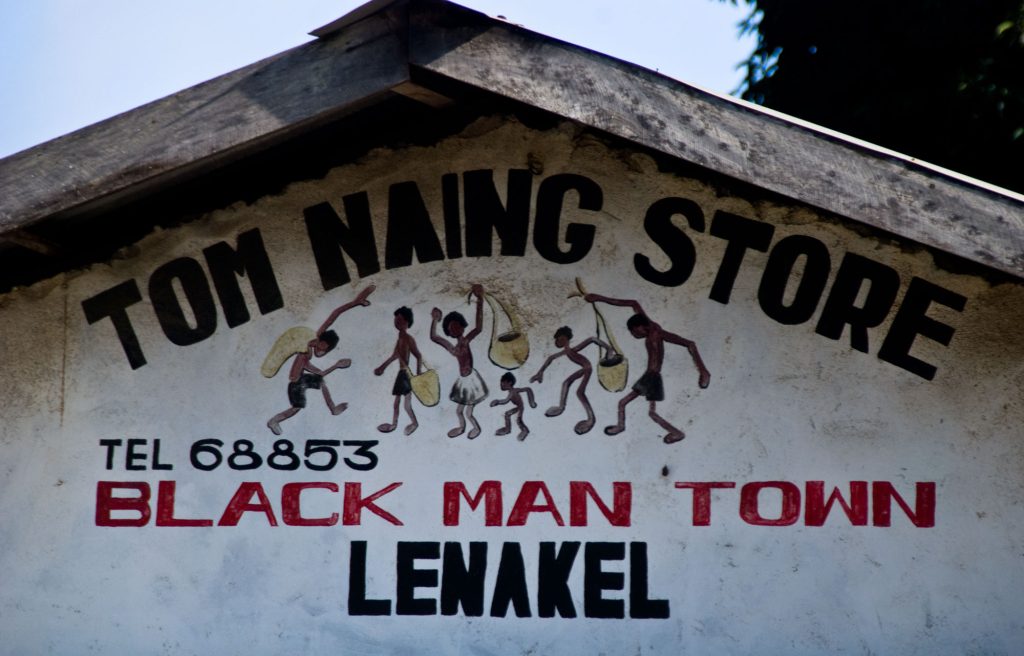
The space where kastom and the law overlap has seldom been a peaceful one. From the earliest colonial days, land, law and kastom were gunpowder.
Historian Howard Van Trease writes of the plight of Ni Vanuatu in the years immediately following the 1906 Condominium. He recounts how Edward Jacomb, a British civil servant, ultimately advised Ni Vanuatu to resist attempts to alienate their land with force, as the Joint Court was powerless to help them.
When a plantation operator was murdered on Epi in 1911, the event “evoked an outcry for the administration to instigate much harsher measures to reduce the threat against Europeans….”
Fast forward 100 years, and the problems of today bear a striking resemblance. The rule of law still doesn’t reach all the way out to the islands. The concept of land ownership and entitlement is still cloudy, and misunderstandings still lead to disagreements.
Disagreements still sometimes lead to violence.
The most striking example of this, of course, has been playing out on Tanna near Bethel village. There is much yet to be understood about the issue, and because some aspects of the dispute are already before the courts, we need to tread carefully.
Likewise, the widely held sense of outrage and search for kastom resolution needs to be treated with sensitivity.
But some things are already clear. The first is that innocent people are being caught up—and injured, in one case—because of misunderstanding, a lack of clarity and the absence of the rule of law.
However we proceed, whatever eventually transpires from this tragic and regrettable series of events, we need to find a way to make such situations more foreseeable—and, we hope, therefore more preventable.
Just as in a Shakespearean tragedy where we spend the first four acts wanting to shout a warning to the characters involved, this situation left many people asking, “how could they not have seen the problem coming?”
Well, they didn’t. What may seem clear to someone born into a situation can remain indecipherable to outsiders.
And let’s be clear about something else: There are outsiders on both sides of this story. Both kastom and the law are in effect foreign constructs, depending on which side you’re standing.
And considering how long it’s taken the Nikoletan council of chiefs to get things back in hand, it seems to be the case that the situation is complex even for those looking at it up close.
Edward Jacomb was sent to Epi to transport a confessed murderer from one of the Shepherd islands back to Port Vila, there to be imprisoned. Mr Jacomb was mystified to see that not only was the chief glad to hand the killer over, but the killer was perfectly content to accompany him.
He shouldn’t have been surprised. Had the chief and his villagers had to live with the after-effects of a killing in their midst, the results might easily have spun out of control. Just as it has here in Tanna.
Perhaps those people in the thick of things in Tanna can take a lesson from this. It might be that the ‘alien’ force of criminal justice might just be the thing to draw out the irritants causing such terrible conflict. We can deal with them in Vila.
And with the space that distance provides, there might be room for kastom to heal the wounds.
We need to find a useful way to draw a line between kastom and the rule of law. That means giving space for kastom to resolve the issues of land and rights. That means accepting that kastom ends at the prison gate. This means allowing the accused to face his accusers according to the traditions of law and criminal justice.
